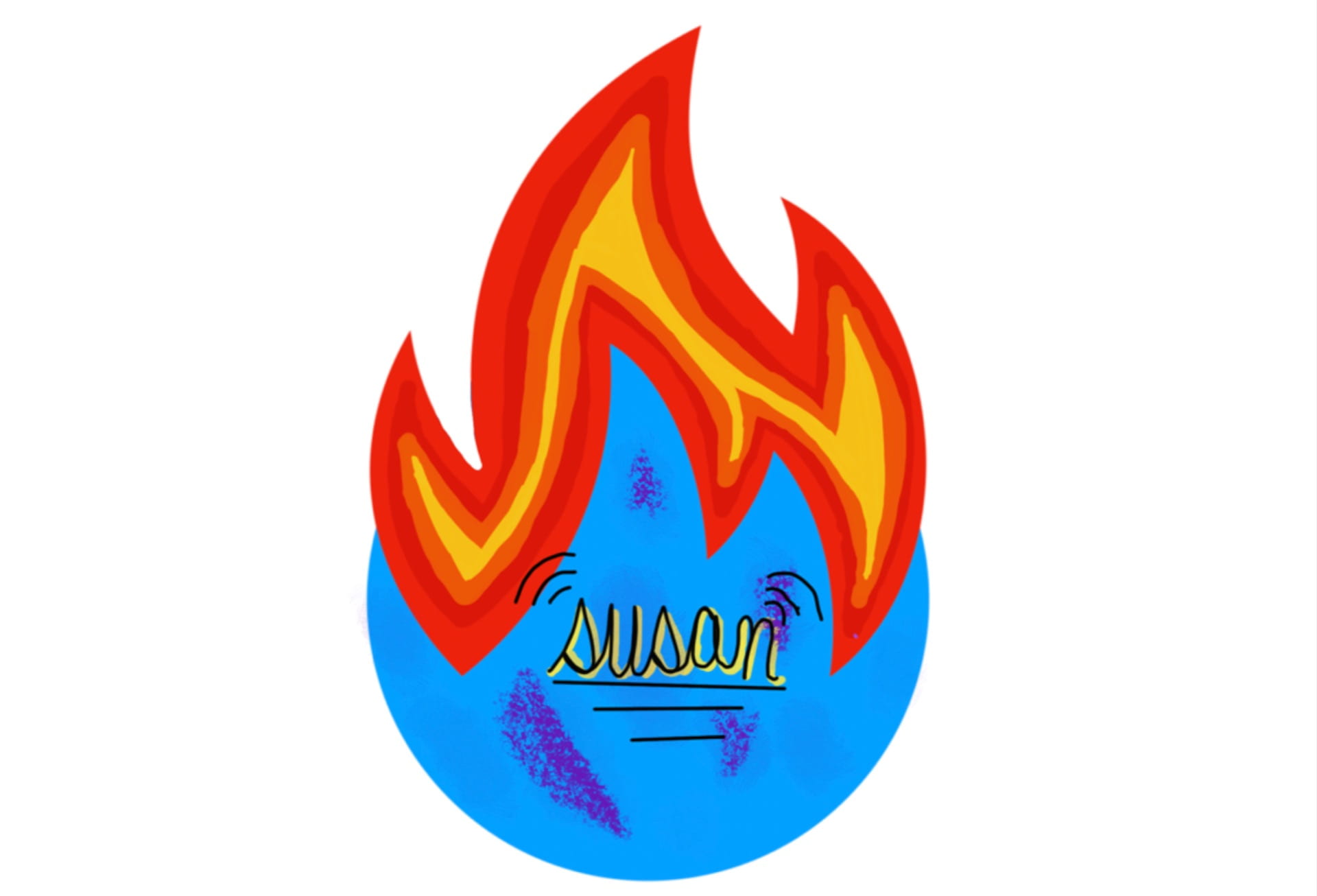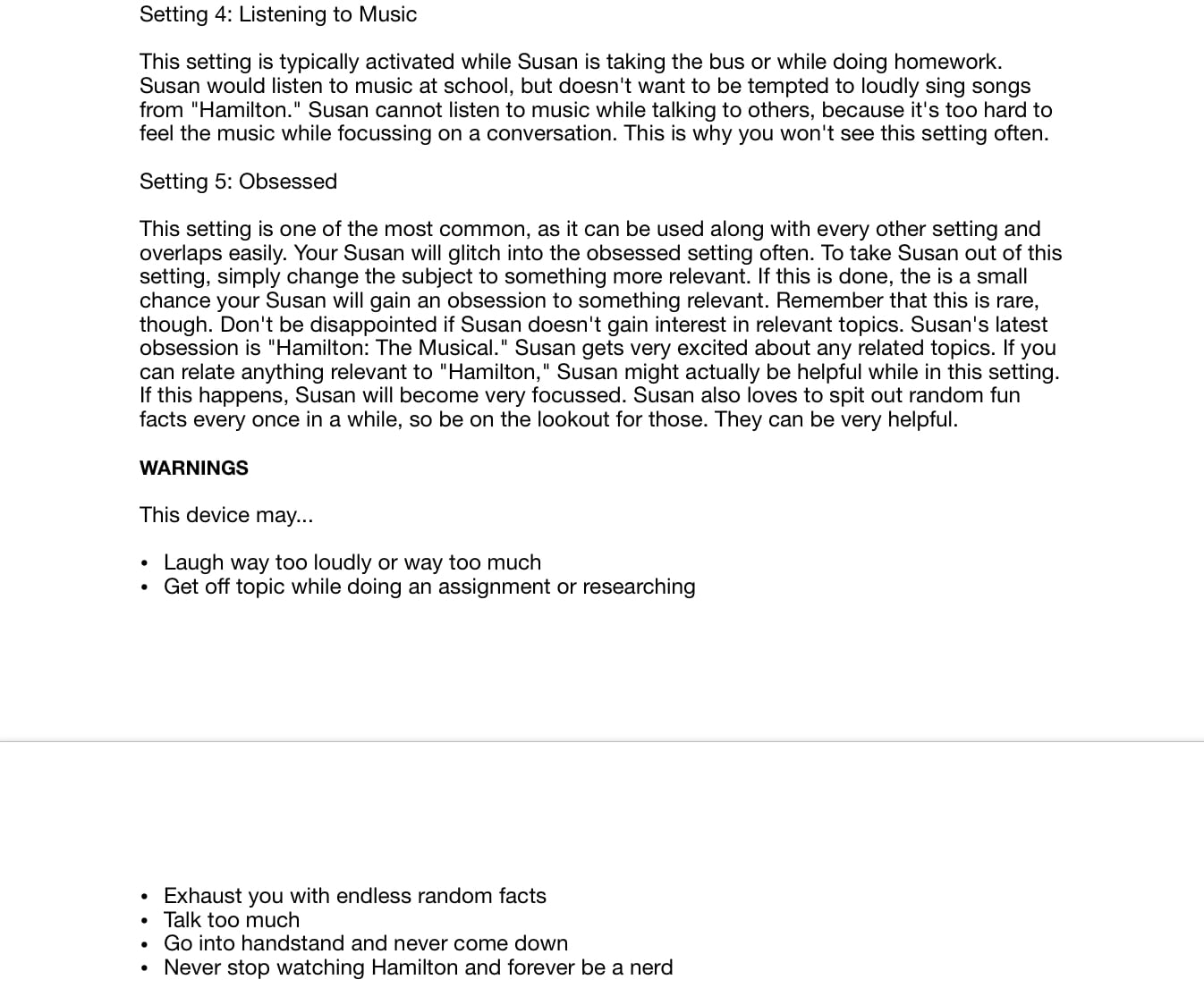What does James Cameron’s fantasy world of Avatar reveal about society today? Well, up until this last project, I didn’t even know what Avatar was about. I’m going to assume that you don’t, either.
Basically, Avatar is a movie about this guy. His name is Jake Sully. Jake’s twin brother was a scientist, but he died, and since they shared DNA, they sent Jake to take over his brother’s job. Jake got sent to Pandora, a far off planet, to transfer his consciousness temporarily to the body of a different species – the Na’Vi, a race of humanoids that are blue and have tails. He gets lost and runs into Neytiri, who is the daughter of the leader of the Na’Vi. Neytiri saves his life and brings him to the clan. It’s decided that he can learn the ways of the Na’Vi. He learns all about the flow of energy and respecting the world around him – which is a completely different worldview than what the humans have. After that, the rest of the humans start fully colonizing the place: destroying their home and all the land around it in an attempt to get to unobtainium, a rare mineral buried under the home of the Na’Vi. In the end, Jake basically switches sides and fights the humans alongside the Na’Vi – but he’s still an easy target, because at the click of a button, his consciousness can be removed from the Na’Vi body and back into his human body, a much weaker form of himself. Anyways, there’s a lot of gritty details but in the end the Na’Vi win and Jake has his consciousness permanently transferred to his Na’Vi body. Oh yeah and he fell in love with Neytiri, but that’s a completely different part of the story that you can see by watching the movie.
The film was full of different themes, and it was really easy to sort of sift through them and get a deeper look into it. For this project specifically, we had to choose a theme we saw and work through it along with others looking at the same themes. The theme I chose was racism, because it’s a relevant issue in society today and it was shown very clearly in the movie.
Our final product for this project was a documentary showcasing our theme and how it connects Avatar and the real world. We spend about 2 weeks working on this video. We conducted interviews, collected clips from Avatar, and learned about making videos. Here’s my video:
In the video, I touched on the racist terms used in Avatar that can easily connect to the real world. I also talked about micro aggressions and blatant racism, and I found recent stories to look at. I interviewed 2 people of different ages, which helps show what different kinds of people experience.
Something I didn’t talk enough about in my documentary was how the film itself could be racist. While I was researching for my video, I stumbled across an article that mentioned the people are finding it controversial. I didn’t pay much attention to it and moved past to other articles, but it kind of stayed in the back of my mind. What could that mean? If it’s bringing issues like racism into the spotlight, how can it possibly be bad? After the exhibition, the thought sort of started to snowball and now there’s this whole idea that I have.
The first idea that anyone put into my head was about the plot line. This is because they thought that it’s “just another movie where there’s a race that needs help and a white guy swoops in and saves them.” I see where the point can go, but there’s really not much other evidence to back it up, because you don’t see many other similar cases in the film and it could just be dumb luck that Jake is white. After pushing the thought to the side for later, I realized something. I didn’t see many people of colour throughout the entire movie. I saw white people, and the blue Na’Vi people, but looking back, I can remember only noticing one face that was a person of colour, and he was a background character in one of the scenes with all the people in the military. This bring another question into light: was this intentional, or just showing actual racism in the real world? Obviously, because of discrimination, it would be more of a struggle for a person of colour to get to the point that they can have a role in a big movie like Avatar, but to that extreme? Or did James Cameron sit down and say, “hey, maybe we can make racism even more of a central theme in this movie by showing less people of colour.” Because if so, it worked, and it shows that the humans in the movie, despite being 100 years ahead of us, still display a discriminatory nature.
Looking into the cast of the movie, there are actually many people of colour. But most of the main roles played by people of colour are Na’Vi people in the movie – so they’re covered in effects and CGI so much so that skin colour does not matter to the role at all, and has no impact on the racist theme in the movie. Almost all of the main human roles are white, which makes me think that it was planned by James Cameron. However, I’ll never know unless someone asks him themself.
Anyways, that’s a lot of my thinking on the racism portrayed in the movie. Once we finished our documentaries, we started planning for the exhibition. In order to show how privilege works, and how some people get an easier starting point than others, we had two sides of the room. On the side I was placed in, there was a game where you throw a ping pong ball into a box through the holes. On our side, you were close to the box, and got more of the prize for doing it successfully. On the other side, it was dark, you were farther away, and you got less of the prize even though you had to put more effort in. The other grade 9’s on our side were Silas and Mackenzie. We set up the room to showcase the work of the grade 10’s and 8’s. It was nice because everyone in the room had chosen to dig deeper into the theme of racism.
I believe that the theme that everyone chose really says something about those people, and specifically, their worldviews. I think that because that’s true, everyone in our room worked well together and it was really nice working with a great group of people with similar views and values to mine. It was really interesting to have a look at a movie and be able to apply it to the real world. In some ways, the line between the fictional and real world blurred. Maybe it’s because the fictional world is supposed to be like this world, but in the future. I really hope that it isn’t our future, though. I hope that we can advance our views and how we treat other people so that one day, we don’t have all the crazy technology that’s in the movie but not be able to treat everyone with the proper respect they deserve.
Maybe I’m ranting a bit too much.
Susan





















